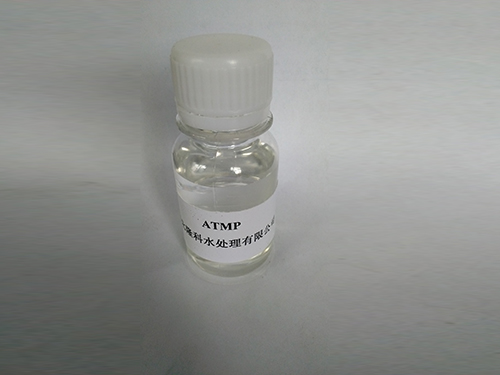polyacrylamide flocculant
The Role of Polyacrylamide Flocculant in Water Treatment
Polyacrylamide (PAM) flocculants have emerged as essential agents in the water treatment industry, known for their effectiveness in improving water clarity and removing suspended solids. With increasing concerns over water purity and environmental pollution, the demand for efficient water treatment solutions has never been greater, positioning polyacrylamide as a crucial component in this endeavor.
What is Polyacrylamide?
Polyacrylamide is a synthetic polymer derived from acrylamide monomers. Its structure enables it to absorb water and form a gel-like substance, which can significantly enhance the sedimentation and filtration processes. Polyacrylamide can be modified in various ways, resulting in different forms, such as cationic, anionic, and nonionic types, each with unique properties suitable for specific applications in water treatment.
How Does Polyacrylamide Work?
The primary mechanism of PAM flocculants involves the process of flocculation, where fine particles in water collide and aggregate to form larger clusters called flocs. These flocs can then be easily removed from the water through sedimentation or filtration. When added to water, polyacrylamide promotes the attraction of suspended particles, thereby enhancing the efficiency of the sedimentation process. It binds to the particles due to its polar characteristics, effectively neutralizing the repulsive forces that typically keep particles separated.
The choice of PAM type—cationic, anionic, or nonionic—depends largely on the nature of the suspended particles and the treatment objectives. Cationic polyacrylamides are particularly effective for treating wastewaters that are negatively charged, such as those from industrial processes. In contrast, anionic PAMs are beneficial when dealing with organic materials, while nonionic PAMs can offer a balance between charge and flexibility.
Applications in Water Treatment
polyacrylamide flocculant

Polyacrylamide flocculants are widely used in various applications within the water treatment sector. Municipal wastewater treatment plants utilize PAM to promote the settling of solids, improving the efficiency of the treatment process. In industrial settings, PAM is often applied in the treatment of process waters, where it assists in the removal of metallic contaminants, organic compounds, and other impurities.
Moreover, in the mining industry, polyacrylamides are utilized to facilitate the separation of ore from mined materials, ensuring that the water used during extraction processes remains clean and within regulatory standards. Agriculture also benefits from PAM formulations, particularly in erosion control and enhancing soil moisture retention.
Environmental Considerations
The environmental profile of polyacrylamide is increasingly scrutinized as regulations concerning water quality tighten. Unlike some conventional flocculants, polyacrylamide is considered relatively safe when used according to guidelines. To mitigate environmental risks, it is critical to select the appropriate type and dosage of PAM based on the specific characteristics of the water being treated.
Research is ongoing to develop biodegradable alternatives and optimize existing polyacrylamide formulations. These advancements aim to reduce potential toxicity and enhance the sustainability of water treatment processes, aligning with global efforts towards eco-friendliness and resource conservation.
Conclusion
In summary, polyacrylamide flocculants play a pivotal role in modern water treatment, offering effective solutions for achieving clean and clear water. As industries continue to evolve and face stringent environmental regulations, the demand for efficient and eco-friendly water treatment technologies will rise. Polyacrylamide, with its versatile applications and effectiveness, will remain at the forefront of these advancements. Ongoing research and development will ensure that PAM products evolve to meet future challenges while contributing to the sustainable management of our precious water resources. As we navigate the complexities of water scarcity and pollution, the importance of efficient flocculant solutions like polyacrylamide will only grow in significance.
-
Water Treatment with Flocculant Water TreatmentNewsJun.12,2025
-
Polymaleic AnhydrideNewsJun.12,2025
-
Polyaspartic AcidNewsJun.12,2025
-
Enhance Industrial Processes with IsothiazolinonesNewsJun.12,2025
-
Enhance Industrial Processes with PBTCA SolutionsNewsJun.12,2025
-
Dodecyldimethylbenzylammonium Chloride SolutionsNewsJun.12,2025





